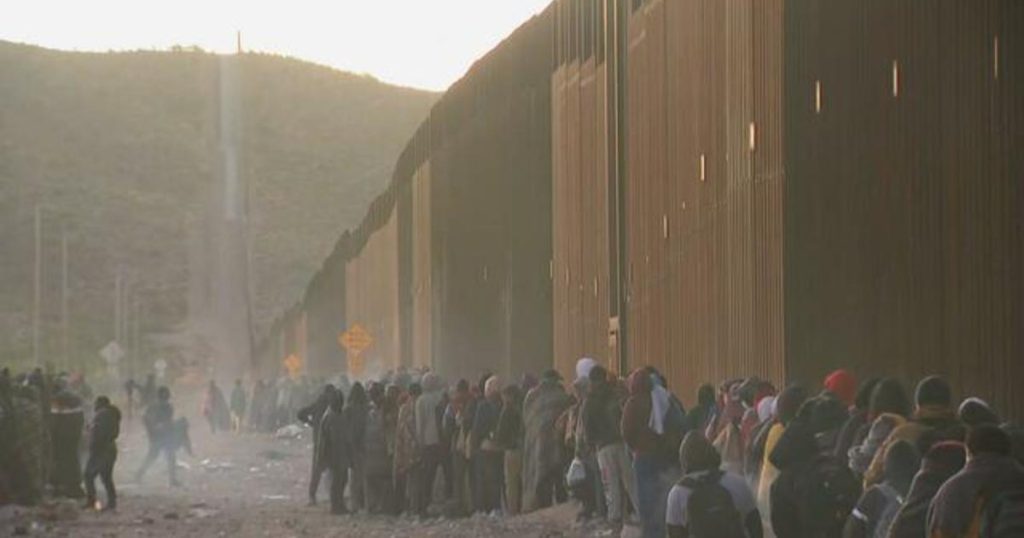The U.S.-Mexico border has seen a shift in migration patterns, with fewer migrants attempting to cross in Texas and more choosing to enter through states further west, such as Arizona and California. This change has been attributed to several factors, including increased border security in Texas, changing economic conditions in Central American countries, and the pandemic’s impact on migration patterns. As a result, border patrol agents in western states have seen a significant increase in the number of migrants attempting to cross into the U.S.
The increase in migrants crossing into western states has put a strain on local resources and communities, leading to concerns about the capacity of border patrol agents to handle the influx. In Arizona, for example, border patrol agents have been working overtime to process and detain migrants, leading to overcrowding in border facilities and concerns about the spread of COVID-19. Additionally, the shift in migration patterns has prompted calls for additional resources and support from the federal government to address the challenges faced by border patrol agents in western states.
The increase in migrants crossing into Arizona and California has also raised concerns about the safety and well-being of those attempting to enter the U.S. Many migrants face dangerous conditions during their journey, including extreme heat, lack of food and water, and the threat of violence from smugglers and criminal organizations. In response, advocacy groups have called for increased humanitarian assistance and support for migrants, as well as reforms to the U.S. immigration system to address the root causes of migration from Central America.
The shift in migration patterns has also sparked political debate and controversy, with some lawmakers and officials in border states calling for stricter border enforcement measures to deter migrants from attempting to cross into the U.S. Others have urged a more compassionate approach that focuses on addressing the root causes of migration and providing assistance to those in need. The Biden administration has faced criticism from both sides of the political spectrum for its handling of the border crisis, with some calling for more aggressive enforcement measures and others calling for more humanitarian assistance.
In response to the increase in migrants attempting to cross into western states, the Biden administration has taken steps to address the root causes of migration, including providing aid to Central American countries and expanding legal pathways for asylum seekers. The administration has also proposed comprehensive immigration reform that would create a pathway to citizenship for undocumented immigrants and address the long-standing issues in the U.S. immigration system. However, the administration’s efforts have been met with skepticism and criticism from both Republicans and Democrats, highlighting the challenges of finding a bipartisan solution to the immigration crisis.
Overall, the increase in migrants attempting to cross the U.S.-Mexico border in states further west has highlighted the need for a comprehensive and humane approach to immigration policy. As lawmakers and officials grapple with the challenges posed by the shift in migration patterns, it is clear that a multifaceted approach is needed to address the root causes of migration, provide support and assistance to those in need, and ensure the safety and well-being of all individuals seeking to enter the U.S.


